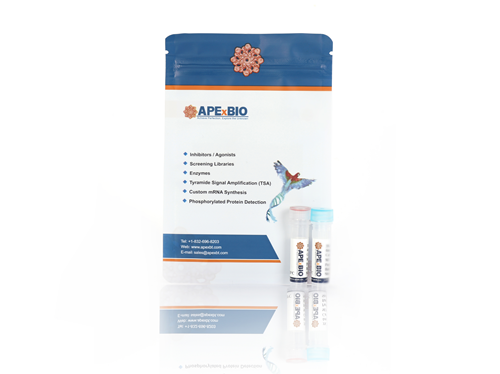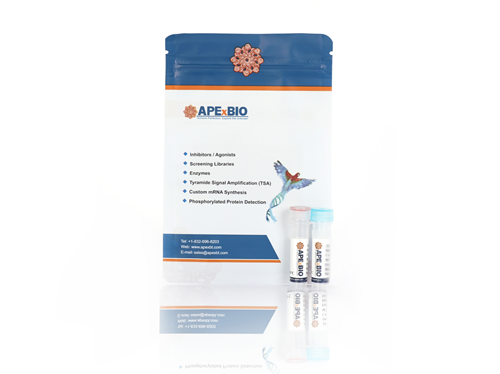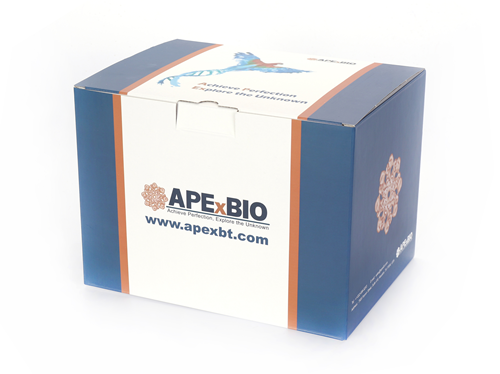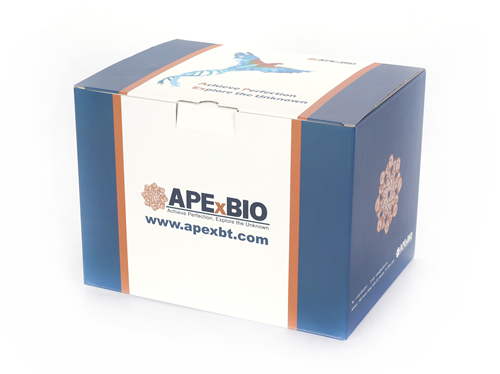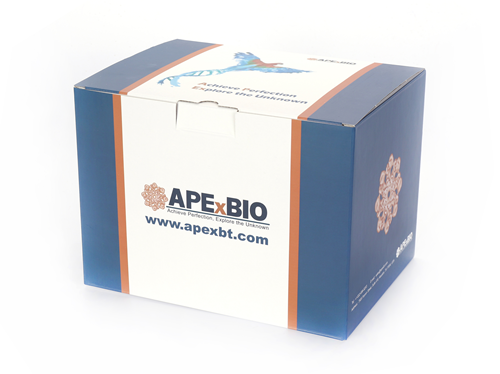Human p53 circRNA
p53 is an important tumor suppressor protein that maintains genome integrity by regulating cell cycle, promoting DNA repair, inducing apoptosis and inhibiting tumorigenesis. When a cell is subjected to DNA damage or other stress signals, the p53 protein is activated and accumulates in the nucleus, initiating a series of gene expression programs. These programs can halt the cell cycle, give cells time to repair DNA damage, or induce apoptosis when the damage is irreparable, thereby preventing the proliferation of damaged cells. Mutations in the p53 gene are one of the most common genetic changes in a variety of cancers, resulting in a loss of function that causes cells to lose control of proliferation, which in turn promotes the occurrence and development of tumors. Therefore, p53 is of great significance in cancer research and treatment and has become an important target of targeted therapy.
Human p53 circRNA provides a concentration of about 1 mg/mL. Circular RNA has a unique ring structure and lacks 5' and 3' ends, which makes it more stable in the cell, not easily degraded by exonuclease, and can continuously and stably express human P53 protein for a long time.
|
Concentration |
~1 mg/mL |
||
|
Buffer |
RNase free water |
Storage |
-40°C or below |
|
General tips |
Please dissolve it on ice and protect from RNase carefully. Avoid repeated freeze/thaw cycles as possible. Don’t vortex. Upon first use, centrifuge the tube softly and aliquot it into several single use portions. Use RNase-free reagents and materials with appropriate RNase-free technique. Don’t add to the media with serum unless mixing with a transfection reagent. |
||
|
Shipping Condition |
ship with dry ice |
||









